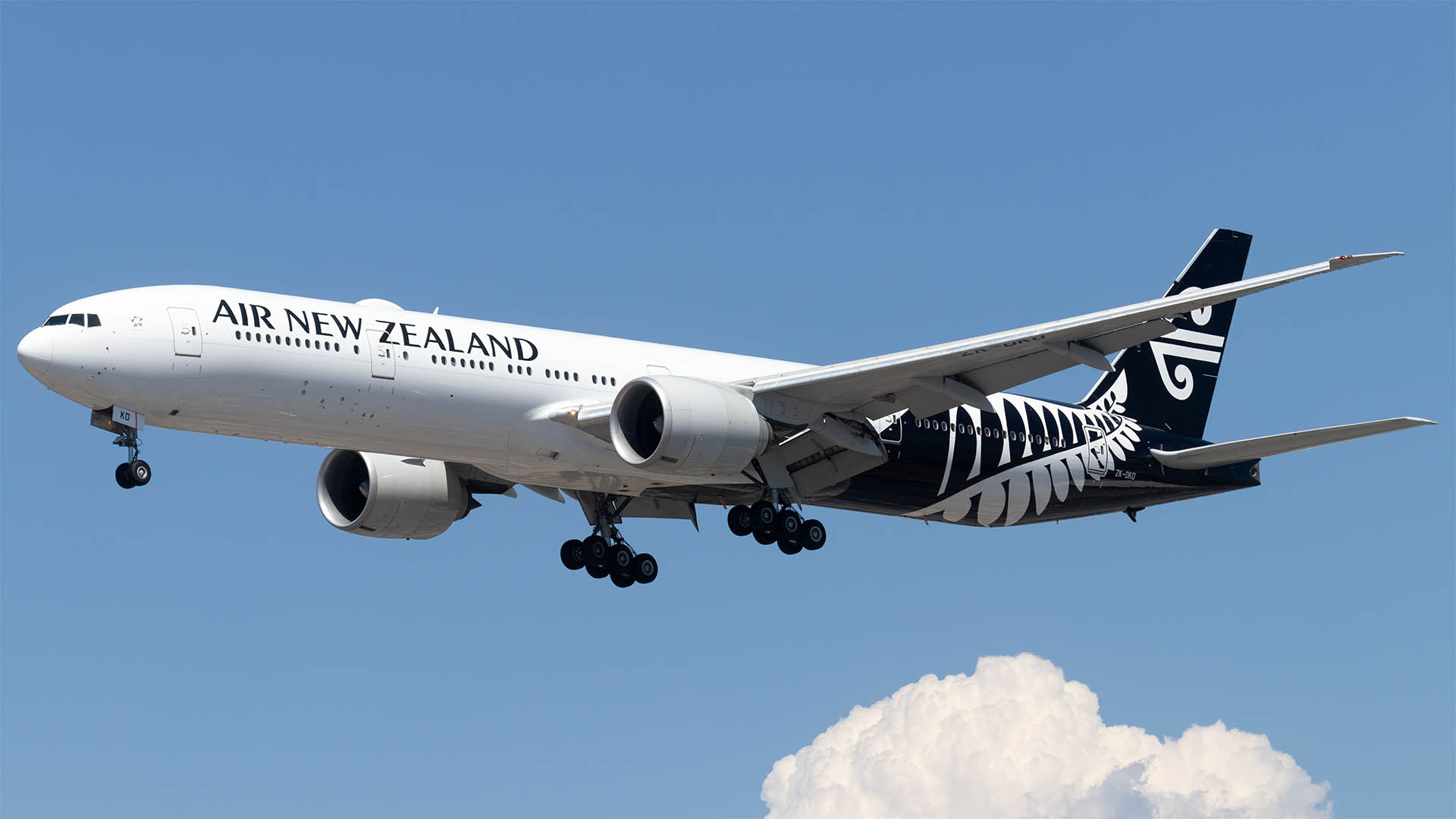There’s more to investment and jobs than just cutting company tax seems to have been the message from Reserve Bank Governor, Dr Phil Lowe yesterday at the Australian Financial review’s annual business summit in Sydney yesterday.
In fact it took Reserve Bank Government, Phil Lowe 34 paragraphs of a 41 paragraph (and 9 very informative graphs) to mention tax, and even then the phrase tax cuts didn’t pass his lips. It did in subsequent questioning, but it was striking that in a speech entitled “The Changing Nature of Investment” (https://www.rba.gov.au/speeches/2018/sp-gov-2018-03-07.html) that tax was an afterthought.
And at paragraph 34, Dr Lowe had this to say “Over recent times there has also been quite a lot of discussion about the effect of tax on the investment climate and international competitiveness.”
"This is an important discussion to have as Australia does need to remain an attractive place for global capital to invest. As we have this discussion, it is also important that we keep focused on the other issues I just touched on, as these areas play an important role in building durable comparative advantage and prosperity.”
In other words, don’t lose sight of the importance of tax, but it is not the be-all for investment (and jobs). In fact he is said in his speech non-mining business investment has bounced back from the mining boom because of the more traditional factors – and he didn’t mention tax at all.
If anyone bothers to research it, the rising investment in infrastructure spending (which is based on recycling tax dollars one way or another) is a far more productive way of stimulating demand and employment (and investment) than are tax cuts and depending on the ‘good wishes’ of business to investment more and not pass the savings back to shareholders via buybacks and higher dividends, as they are doing in the US with the fruits of the Trump tax hacks.
Dr Lowe started by pointing out that there had been a recent surge in non-mining investment that had taken much longer than the central bank had forecast, to emerge. but it has in the past year and he told the summit that
“While we don’t get the final investment figures for 2017 until later this morning (in the December quarter National Accounts) we estimate that over the past year, non-mining business investment increased by around 9 per cent. (It was a bit stronger on some measures, up 12%).
"This is stronger than we were expecting a year ago and would be the largest increase since the onset of the global financial crisis. We expect to see further growth over this year.
"While businesses still face some significant uncertainties, including the future strength of consumer spending in a world of low real income growth and high household debt, the picture is a better one than it has been for some time.”
This pick up, Dr Lowe pointed out is due to a number of factors "One is the stronger global economy, which has boosted demand and reduced some of the uncertainties that businesses face. Another is the continuation of accommodative monetary policy in Australia; borrowing costs here remain low and finance is available. The ongoing growth in Australia’s population has also played some role.
"Since 2008, Australia’s population has increased by 3½ million people, or 16 per cent. This growth, combined with low levels of investment, has started to put pressure on capacity utilisation. It is also relevant that businesses are reporting stronger business conditions than at any time since before the financial crisis.
"Another important part of the investment story recently is strong growth in investment in public infrastructure. The pick-up has been particularly noticeable in spending on transport infrastructure in the eastern states and the pipeline of work to be completed is large. The extra investment is directly creating demand in the economy today and adding to tomorrow’s productive capacity.
"The Bank’s analysis is that there are positive spillovers to the rest of the economy from the spending on public infrastructure, especially given that we still have some spare capacity. In our business liaison, a number of firms report that they are investing more to meet the extra demand from infrastructure projects. So it is a positive story,” Dr Lowe said.
Interestingly, Dr Low said the rBA had been looking at the changing nature and composition of business investment in the past year and highlighted two changes.
"The first is the increasingly important role played by investment in information technology. And the second is a change in the industries in which investment is occurring.
"Over recent times, one of the central themes in the RBA’s discussions with businesses has been the much greater use of information technology to increase productivity. Among other things, we hear about the possibilities and the challenges of data analytics, machine learning, artificial intelligence, the better use of sensors to control production and the automation of processes and production methods.
"This is not to underplay the importance of investment in physical assets. This remains critical. We need places to work, live, shop and play, and investment in buildings & structures and machinery & equipment remains central to this.
"But increasingly, investment decisions in these areas are also often just as much about technology as they are about other things. In every industry – in manufacturing, mining, agriculture, the health sector and business services – businesses are having to make investments in information technology to remain competitive. This is changing the way we think about investment.
"Tracking this shift in investment for the economy as a whole is complicated by some limitations in the available data. The ABS does, however, publish separate figures for investment in buildings & structures, machinery & equipment and intellectual property.
“These data show that over the past couple of decades, investment in intellectual property has grown noticeably faster and more consistently than investment in buildings & structures and machinery & equipment.
"This is particularly so since 2009/10. Over this period, the weakness in overall non-mining investment is explained by there being almost no growth in investment in tangible assets. In contrast, investment in intellectual property has grown at an average rate of 5 per cent.
"Following this sustained period of strong growth in investment in intellectual property, this component now accounts for around 20 per cent of total non-mining investment, in nominal terms. By way of comparison, this share was just 3 per cent in the early 1980s. Conversely, the share of investment spending on machinery & equipment has declined over time. This is partly, but not wholly, explained by the steady decline in the relative price of machinery & equipment.
These shifts are significant and are consistent with the rising importance of investment in information technology. Within the broad heading of intellectual property, we can further disaggregate the data into investment in computer software, R&D and artistic originals.
"Over recent times, the strongest growth has been in investment in software, with investment in this area doubling over the past seven years. The picture for R&D is a little different; investment in R&D has not grown for a few years now, but this follows earlier strong growth.
"The impact of the increased investment in technology is also evident in the figures for output growth by industry. In particular, since the early 1990s, the fastest growing industries in the Australian economy have been information, media & telecommunications and professional, scientific & technical services.
"Both have grown faster than the mining industry, recording compounded average growth of around 5 per cent per year. The effects are also evident in the labour market, with strong demand for various types of workers in information technology. Indeed, some of the pockets of the Australian labour market in which wage growth has picked up over recent times are in professional, scientific & technical roles.
“The second structural change that I want to highlight is a shift in the industries in which investment is taking place.
"In the 1980s, the manufacturing industry accounted for around one quarter of non-mining investment in Australia. At that time, manufacturing required high levels of investment in machinery & equipment, not only to expand capacity, but to offset fairly high rates of depreciation. So investment in the manufacturing industry accounted for a large share of total investment. But since the mid 1990s, manufacturing has accounted for a steadily declining share of non-mining investment.
"Today, that share stands at just 11 per cent. In contrast, the shares of investment accounted for by information, media & telecommunications and professional, scientific & technical services have increased significantly. Combined, these two industries now account for about 16 per cent of non-mining investment, up from around 8 per cent in the early 1990s. Investment in health, education and transport has also increased as a share of total investment,” Dr Lowe said.












